Comprehending the Curiously Confusing Connecticut Codes!
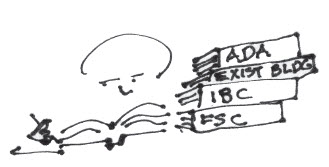
The regulations that shape how to build various types of buildings have led to a state where most structures are reasonably safe and sound. They give people time to escape during a fire, provide access for those with physical limitations and keep roofs on during hurricanes. They prescribe everything from how big a building can be to the flashes and noise that a fire alarm (annunciator) makes. Codes remind us and make us “do the right thing” no matter what the budget and temptation to take short cuts.
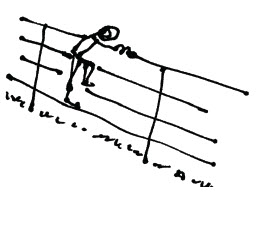
Code writing is laborious, subject to political process and regional issues. Codes are consensus documents written by national committees. This means any committee member can stonewall until she/he gets the provisions that benefit her/him or address some life long obsession such as the imagined perils of “ladder” style railings and guard rails. Special interest groups construct bizarre scenarios to lobby the committees to make changes that will suppress competitors’ products. Cellulose vs. fiberglass insulation is one example of lobbyist warfare.
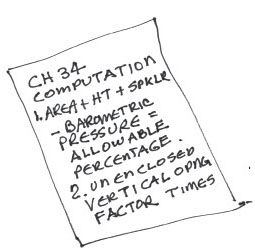
Recently the three national codes (1328 pages) were revised, and a new existing buildings code (290 pages) was adopted. Then all were modified by a Connecticut supplement of 58 pages that add, modify or delete provisions from the national codes plus 28 pages of editorial corrections. My book shelf groans (along with me) under the weight of all this paper.
Add to this murky mix a variety of building related federal and state laws, ADA, EPA, ANSI & NFPA standards, administrative opinions plus variable local enforcement. Not surprisingly, we sometimes have a state of confusion regarding what actually needs to be done. Simple questions like “Do we need fire sprinklers (that fail 16% of the time) can result in days of searching these books only to finally call my cheerful code consultant often to learn that “It depends…”.
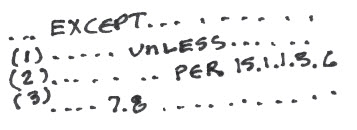
Codes try to account for an overwhelming number of details and existing conditions. As a result some aspects of the codes are often confusing, especially concerning existing buildings and their antiquated systems. But rest assured, an architect with his/her consultants (not the construction manager, the unlicensed building designer, the contractor or a teen-aged computer whiz) is well and best qualified to untangle the codes, illuminate their gray areas and advocate for the owner when the inevitable code questions raised by tradesmen and officials arise throughout the project.
I welcome comments from my readers on this topic.
"I hate ‘classical music’: not the thing but the name. It traps a tenaciously living art in the a theme park of the past. It cancels out the possibility that music in the spirit of Beethoven could still be created today."
Listen To This
Alex Ross
| Old House of the Future | Tale of Two Clients | Some Like It Hot | Let There Be Light | |
| Connecticut Codes | Building Committees | g.o.d vs. HGTV | How Bldgs Learn | Own Ctr |
BRIGHT NEWS & VIEWS
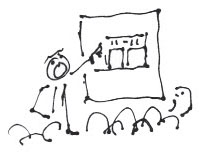
+ I was pleased to present my restoration planning and design work & humorous reflections at New Haven PechaKucha # 4 in New Haven. Each presenter gets 20 slides on the screen for 20 seconds each for a six minute forty second talk. If the cyberfates allow, my presentation is searchable on YouTube.
PK#6 will be high energy, enthusiastic presentations of stuff that you may have never thought about such as the sociology of trash and eclipses is coming up on Tuesday, November 3rd at 6pm at Bentara Restaurant at 100 Orange Street.
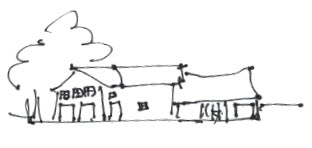
+ Finishing up a report on a great assemblage of barns in Cheshire. We found short comings of the original construction and severe water damage.
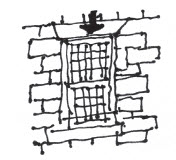
+ Beginning a conditions assessment for the Old Stone Church of East Haven dated to 1774 with significant changes like increasing the steeple height to 196 feet sometime after 1850 and an educational wing in 1951.
+ Helping a wonderful group Music Haven aka. the Haven Quartet adapt new office/practice space in exchange for occasionally playing the Mozart Clarinet Quintet with me. Check out www.musichavenct.org to learn about their commitment to teaching their instruments to inner city kids.
+ Plugging energy leaks at a handsome old Guilford summer cottage with stunning views of Long Island Sound.
+ Happy to have my student drawings of a concert hall tucked under a tipped-up town square in Derby, England displayed in the James Stirling’s Students show at the Yale Architecture School Gallery. Don’t miss the companion show at the British Art Center.
BRIGHT SPOTS
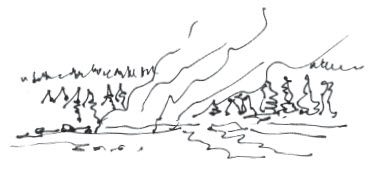
Yellowstone National Park on a brilliant June day with weird turquoise steam above the yellow orange, algae stained, bubbling pools!!!
